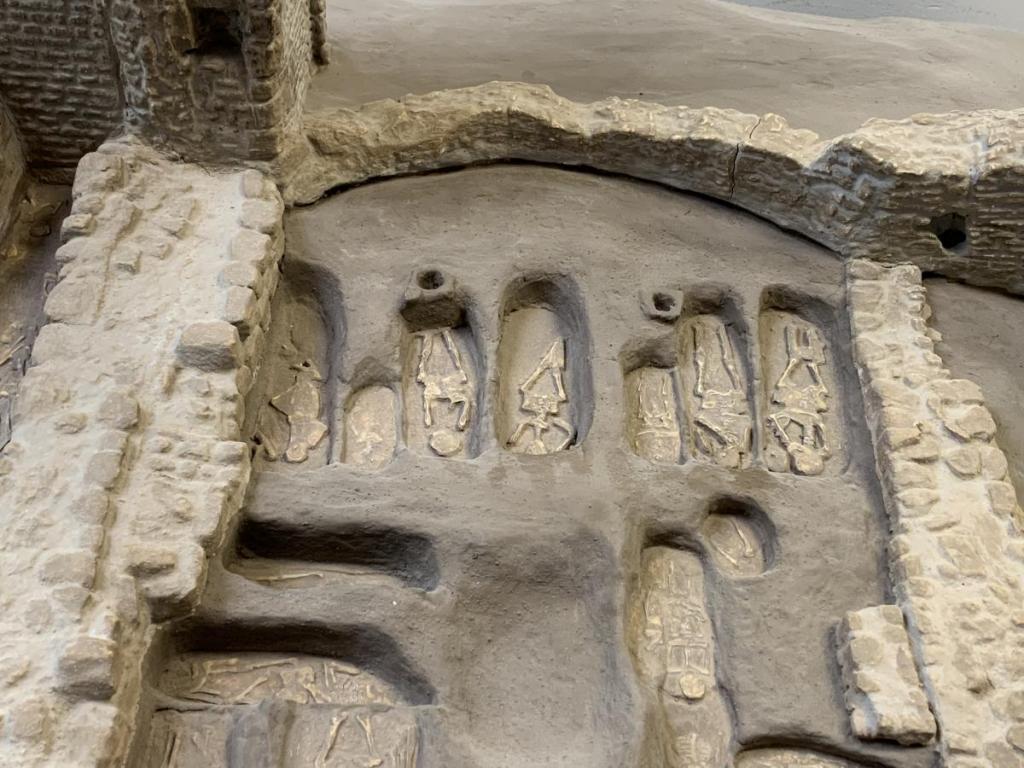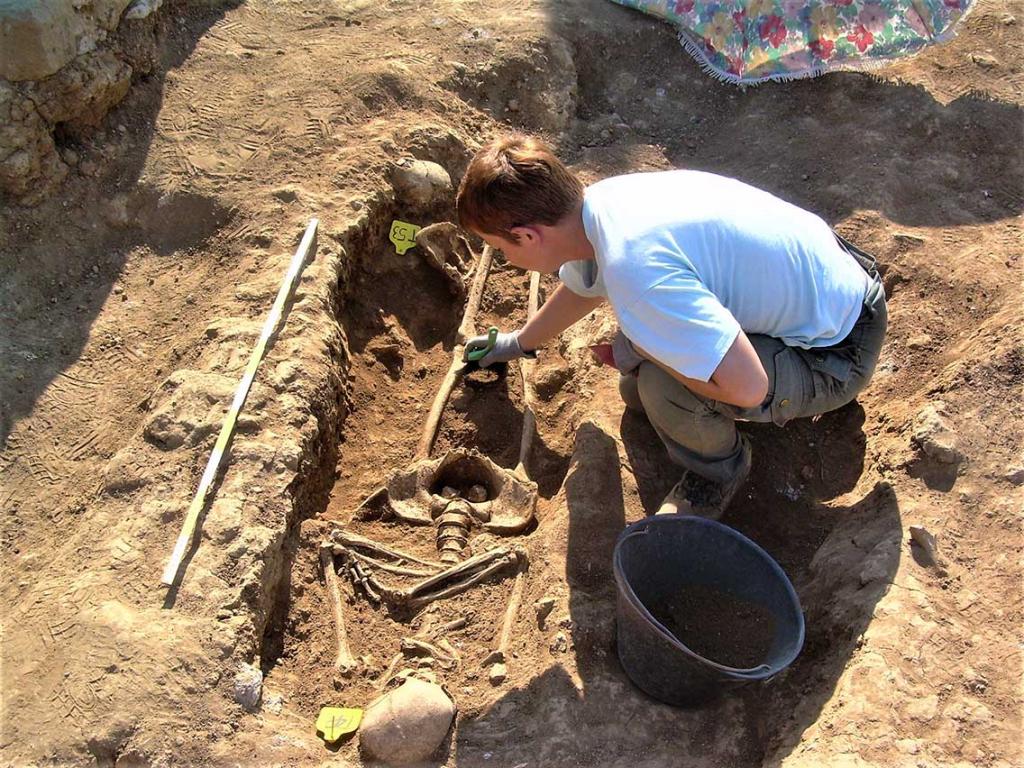A ring with an eagle, a castle, a beautiful lady and a powerful family in decline: these are all the ingredients for a good story. The ring was found in the tomb of a woman inside the castle of Piombinara di Colleferro.
But where do we start to understand who this mysterious lady was?
Colleferro seems to have come out of nowhere in the early twentieth century, but its territory has a long history that begins even before Rome.
This part of the territory immediately south of Rome was occupied by many settlers, of cities that then gathered in the Latin League and for a time were able to challenge the advance of Rome.
In the area of Colleferro was the ancient city of Toleria, from the name of the Sacco River which at that time was called Tolero, and its inhabitants were called Toleriens (hence the name of the archaeological museum of Colleferro).
Then the Romans arrived. Then we officially entered the High Middle Ages in 476 with the fall of the Western Roman Empire. The imperial glory moved to Constantinople and in our lands a turbulent period begins with barbarian raids.
The population probably sought refuge in a castrum of small local lords, which is practically the first stage of a castle that in the middle ages would see the birth of a large wall enclosing a tower, a small church and some houses. At night the population took refuge inside the walls and by day worked in the fields.
Conti family and Pope Innocent III
Piombinara is one of these castles and the local lords were the Counts of Gavignano-Valmontone, a very powerful family around the 13th century especially after the election of one of their members to become Pope Innocent III.
Innocent III was not a pope who went unnoticed and during his pontificate he had to face at questions that changed the course of our entire history. In England the Magna Charta was born and the pope decided to excommunicate Giovanni Senza Terra and organized the fourth crusade with Richard the Lionheart. In Italy a series of monks and hermits wanted to bring the church back to its true purpose.
Pope Innocent III is the pope who met Saint Francis and who managed to understand his action within the Catholic church.

The castle of Piombinara
Thanks to the Pope, the Conti family became more and more powerful and at one point had many castles in the south-east area of Rome (check out the Via Labicana and Via Latina), including the castle of Piombinara.
Piombinara is located in an interesting position near Rome, to which it is connected by the Via Casilina, and in a fertile valley where a river flows: an ideal place for agriculture and commerce. It was then located on a hill and this allowed a good view of everything that was happening in the surroundings.
Inside the fortress is a church dedicated to St. Nicholas, that has been the subject of many archaeological excavations, and the perimeter and 113 tombs have been brought to light.

In fact, most of the tombs that emerged are located outside the perimeter of the church, but 4 tombs were discovered in the area below the altar. One of these belonged to a woman of 35-40 years of age who had 2 rings.
The lady of the rings
As in a spy story, archaeologists, from a few clues, have tried to reconstruct the story of this woman. Angelo Luttazzi, the director of the archaeological museum of Colleferro, tells us:
"The lady must have come from the fourteenth century and we deduced this from the shape of her wedding ring, in fact before that date the rings had the form of two hands that intertwined. To be buried near the altar she must have belonged to the family of the feudal lords of Piombinara, that is, to the Conti family.”
And the lady cannot come from a century later because in the fifteenth century the castle was destroyed and since then hundreds of ploughs and tractors have helped to erase many of the ruins and with them their history.
But the second ring is more interesting: a bronze ring with a gold-covered embossed eagle. The eagle has spread wings (in artistic language it is called 'patente' – ‘licensed’) and is a proud character given by the position of its head.
It is not a ring used for seals, otherwise the gold patina would have come off, and therefore it is a ring used to adorn a lady. And the use of the eagle brings us back to the Conti family whose coat of arms was a gold and black chequered eagle on a red background.
Did the lady perhaps belong to the Conti family? And in this case who was she?
'Working on the excavations and consulting the Innocent III archive of Segni, the best hypothesis is that the lady was Caterina of the Abruzzese family of Di Sangro, the first wife of Ildebrandino Dei Conti di Segni, or the second wife, Francesca Capizucchi, of noble Roman family. He was a leader with a very turbulent history: a lover of women and of adventure. He had called his sons Alto, Grato, Lucido, Sagace '.
The tombstone of the tomb of Alto Dei Conti is visible embedded in the walls of the old Valmontone hospital and comes from the abbey of “Santa Maria in silice” of Valmontone.
Therefore the lady could have been the noble Roman lady, or that of Abruzzese origins, who had the good fortune to marry to Ildebrandino, one of the most important descendants of the Dei Conti family, and to come to live in the castle of Piombinara.
We may not know more about this woman, but we like to think she was the first Lady of Colleferro.
To see the ring of the Mysterious Lady you can go to the Archaeological Museum of the Territory Toleriense of Colleferro.








Follow us